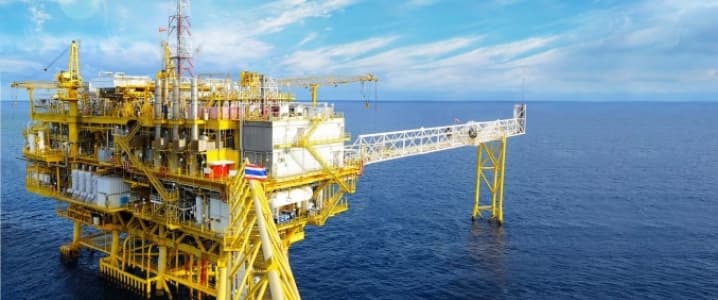Capital expenditure cuts of $150 billion for 2016 and 2017 by U.S. exploration and production companies are expected to result in average production losses of 4.2 million barrels per day in the Lower 48 through 2020, according to Wood Mackenzie.
This is not only a trend in the U.S., with upstream companies around the world trimming capex by more than $370 billion for 2016 and 2017. Wood Mackenzie believes that this will impact oil production and the world will result in 7 billion fewer barrels of oil through 2020.
“The plays that saw the highest proportion of their capital expenditure cut were Eagle Ford and the Bakken,” said Jeanie Oudin, Wood Mackenzie Senior Research Manager, Lower 48. “That’s because the two plays were in full-scale development, with most operators' acreage held by production at the time oil prices began to fall, allowing for a more responsive slowdown in activity,” she added, as quoted by Oil and Gas Journal.
While Bakken and Eagle Ford plays account for thirty-six percent of those cuts, the Midland and Delaware Basins have witnessed fewer declines in drilling activity.
“People expected that overall tight oil production would collapse when companies stopped drilling; however, it hasn’t collapsed, it’s only declined,” said Oudin. “Not only have operators built up a backlog of DUC wells, they are also utilizing longer laterals and enhanced completions to increase the productivity of wells as they bring them online. They’re just not adding new volumes as quickly.” Related: Forget The Glut – This Is Why Oil Prices Will Rise
When the shale boom started, the output from the new wells dropped by 90 percent in the first-year itself. By 2012, North Dakota’s Bakken shale four-month decline rate reduced to 31 percent, and in 2015, the decline rate stood at only 16 percent for the same time frame, according to data compiled and analyzed by oilfield analytics firm NavPort for Reuters.
Similarly, in the Permian Basin of West Texas, the drop from the peak production through the fourth month of a new well’s life has improved from 31 percent decline in 2012 to 18 percent in 2015.
"We're exposing more of the reservoir and breaking it up so we don't get as sharp a decline," Scott Sheffield, chief executive of Pioneer Natural Resources Co, a top Permian producer, told a recent energy conference, reports Reuters.
The recovery in crude prices from below $30 to $50 per barrel has led to an increase in the onshore oil active rotary rig count, as measured by Baker Hughes, which will lead to an increase in production from new wells after a few months, as shown in the chart below.
(Click to enlarge)
Nevertheless, the Eagle Ford rig count is still 60 percent below previous year’s numbers. Related: Faulty Data? Why The Oil Glut Could Be Much Smaller Than Believed
Higher crude prices have also encouraged companies with a strong balance sheet to announce large mergers and acquisitions (M&A). The average value of the deals stood at $182 million, in the second quarter of 2016, the largest since the third quarter of 2014, which further increased to $199 million for the seven deals announced in the first three weeks of July, reports the U.S. Energy Information Administration.
The largest among the deals was the $560-million purchase of Permian Basin leasehold interests by Diamondback Energy from Luxe Energy LLC.
If the recovery in oil prices continues in the second half of the year, a few companies are likely to revise their capex up, however, if prices again correct, this will deliver a blow to the improving sentiment across the industry.
By Rakesh Upadhyay for Oilprice.com
More Top Reads From Oilprice.com:
- Why Are Oil Producers Rushing To The STACK?
- Bizarre Lawsuit Could Derail Elon Musk’s Hyperloop
- ‘’The Worst Is Behind Us’’ Schlumberger CEO Sees Reason For Optimism



















